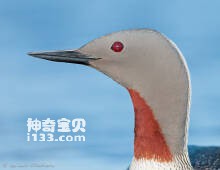
Gavia stellata
Gavia stellata,Red-throated Loon,Red-throated Diver
The Red-throated Loon (Gavia stellata) is a large waterfowl in the family Ga···
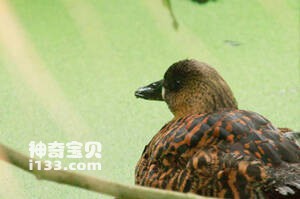
Thalassornis leuconotus
Thalassornis leuconotus,White-backed Duck
The White-backed Duck (Thalassornis leuconotus) has two subspecies and is th···
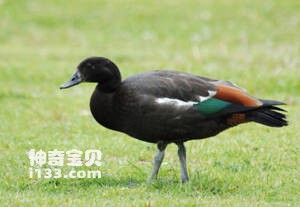
Tadorna variegata
Tadorna variegata,Paradise Duck
The black-breasted Duck (Tadorna variegata) is a member of the Paradise Duck···

Tadorna tadornoides
Tadorna tadornoides,Australian Shelduck
The Australian Shelduck (Tadorna tadornoides) is a member of the Australian ···

Tadorna radjah
Tadorna radjah,Radjah Shelduck,Raja Shelduck
radjah Shelduck (Tadorna radjah) Radjah Shelduck, Raja Shelduck, has two sub···
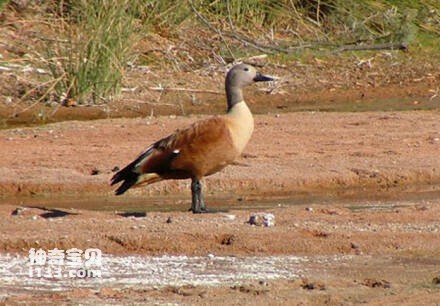
Tadorna cana
Tadorna cana,South African Shelduck
Tadorna cana (South African Shelduck), no subspecies.The grey-headed duck st···
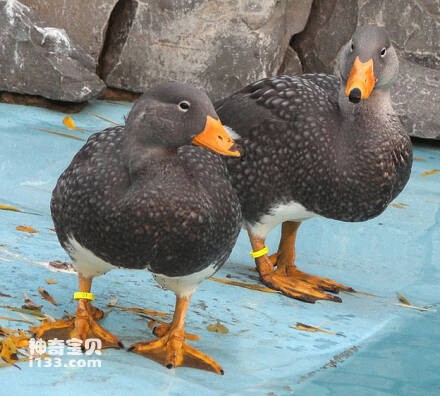
Tachyeres pteneres
Tachyeres pteneres,Flying Steamerduck
Tachyeres pteneres (Tachyeres pteneres) is a social teal of the family Anati···
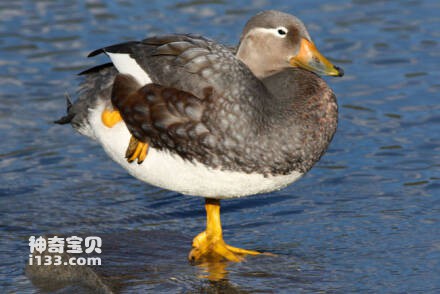
Tachyeres patachonicus
Tachyeres patachonicus,Flying Steamerduck
The Flying Steamerduck (Tachyeres patachonicus) is a member of the Flying st···
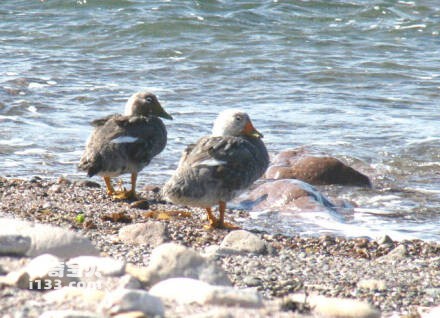
Tachyeres leucocephalus
Tachyeres leucocephalus,White-headed Steamerduck,Chubut Steamerduck,Chubut Steamer Duck,White-headed Steamer-duck
White-headed duck (Scientific name: Tachyeres brachypterus) White-headed Ste···
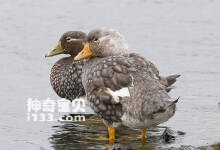
Tachyeres brachypterus
Tachyeres brachypterus,Falkland Steamerduck
The Falkland Steamerduck (Tachyeres brachypterus) is a social duck of the fa···

Stictonetta naevosa
Stictonetta naevosa,Freckled Duck,Canvasback,Oatmeal Duck,Speckled Duck, Diamantina Duck
Australian spotted duck (Stictonetta naevosa; Freckled Duck, Canvasback, Oat···
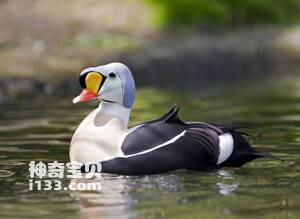
King Eider
King Eider,Somateria spectabilis
King Eider (Somateria spectabilis), no subspecies.King Eider ducks are the l···
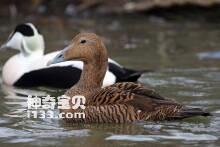
Somateria mollissima
Somateria mollissima,Common Eider
The Eider duck (Somateria mollissima) is known as Common Eider and has six s···
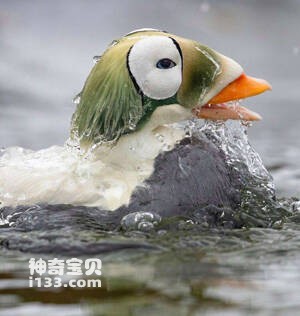
Somateria fischeri
Somateria fischeri,Spectacled Eider
The white orbital Eider (scientific name: Spectacled Eider), the foreign nam···

Sarkidiornis melanotos
Sarkidiornis melanotos,Comb Duck
The Comb Duck (Sarkidiornis melanotos) has two subspecies.The lumped ducks o···

Salvadori’s Duck
Salvadori’s Duck,Salvadori's Teal,Salvadorina waigiuensis
Decorative Duck (scientific name: Salvadorina waigiuensis) foreign names Sal···
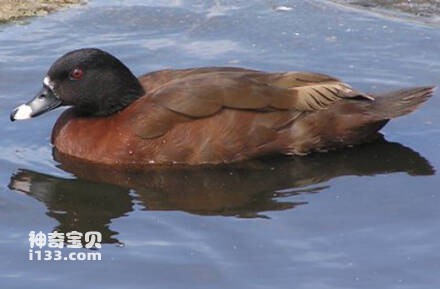
Pteronetta hartlaubii
Pteronetta hartlaubii,Hartlaub’s Duck
Hartlaub's Duck (Pteronetta hartlaubii) is a dark maroon duck found in t···
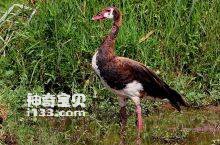
Plectropterus gambensis
Plectropterus gambensis,Spur-winged Wood Goose
Plectropterus gambensis is a type of bird between geese and ducks, and is co···
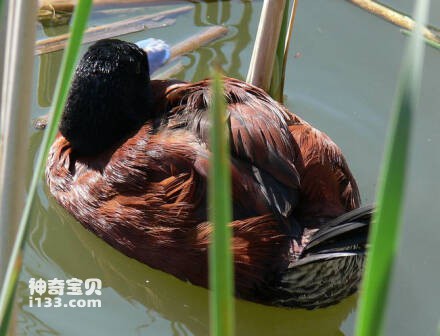
Oxyura vittata
Oxyura vittata
The South American hard-tailed duck (Oxyura vittata) is a typical social tea···

Oxyura maccoa
Oxyura maccoa,Maccoa Duck
The Maccoa Duck (Oxyura maccoa) is a typical social teal of the family Anati···
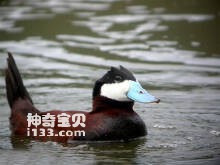
Oxyura jamaicensis
Oxyura jamaicensis,Ruddy Duck
The Ruddy Duck (Oxyura jamaicensis) has three subspecies.In addition to the ···
